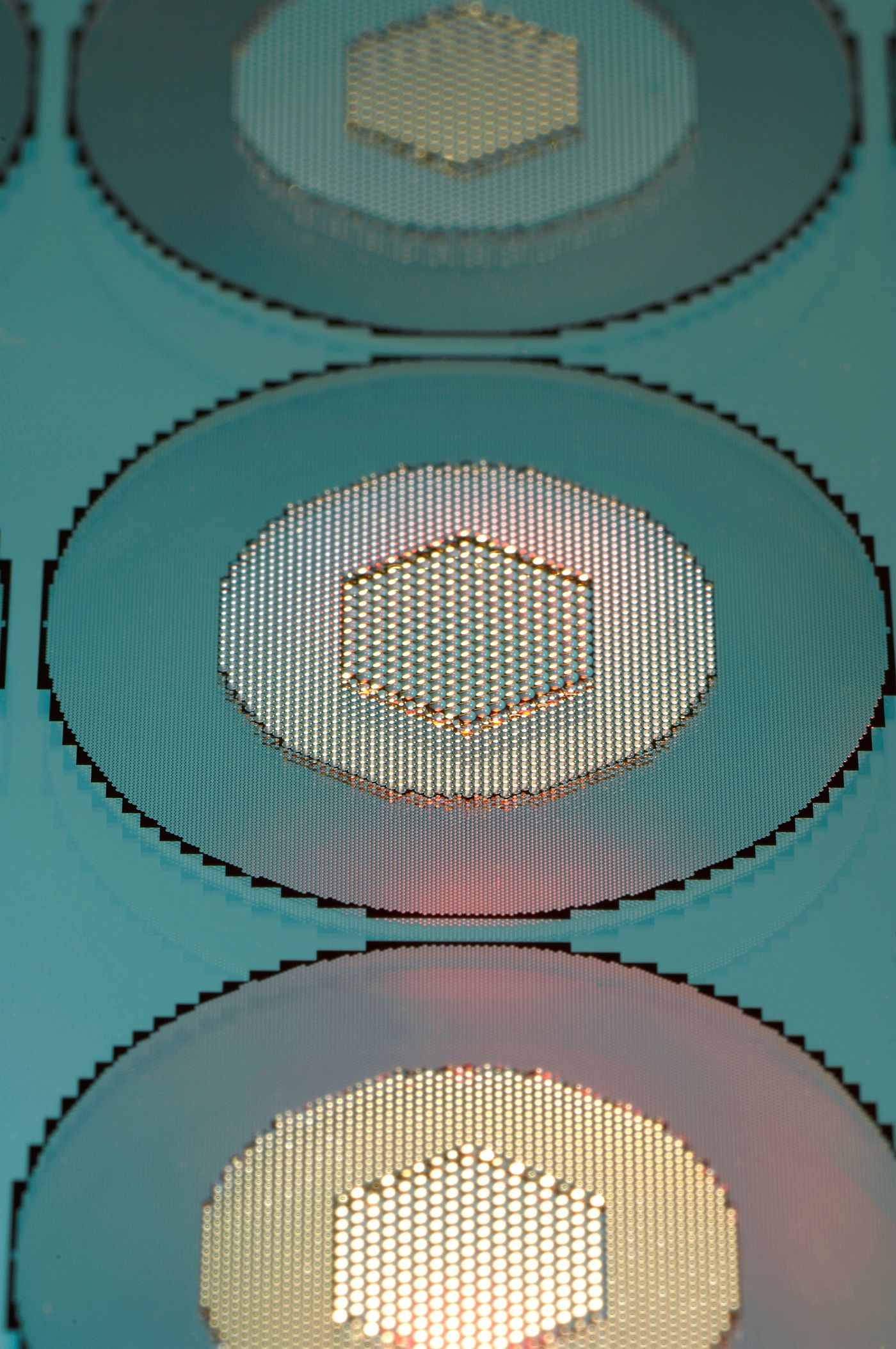Contents

Source: Ingeneric
Microlens Arrays: A Comprehensive Overview
Introduction to Microlens Arrays
Microlens arrays are arrays of small lenses known as lenslets, arranged in either one or two dimensions. These lenslets typically form a periodic pattern of square or hexagonal shapes, with a pitch size ranging from a few micrometers to hundreds of micrometers.
Key Features of Microlens Arrays
Microlens arrays can consist of thousands to millions of lenslets, with varying outer shapes like squares, rectangles, or circles. They are available as separate optical components with anti-reflection coatings and can be part of larger assemblies, such as CCD and CMOS image sensors.
Parameters and Considerations
Microlens arrays come in circular or cylindrical lens types, optimized for different spectral ranges. The lens pitch, fill factor, diameter, and focal length of each lens are crucial parameters affecting their performance. Fabrication methods include photolithography, molding, and laser processing, using materials like fused silica and plastics.
Applications of Microlens Arrays
Microlens arrays have diverse applications in optics, such as collimating radiation from diode arrays, collimating VCSEL array outputs, and in integrated optics for waveguide arrays. They are also used in devices like Shack–Hartmann wavefront sensors.
Conclusion
Microlens arrays play a significant role in modern optics, offering versatility and flexibility in various applications. Understanding their parameters and fabrication methods is essential for utilizing their full potential in optical systems.

Source: Fraunhofer-Gesellschaft
Feel free to comment your thoughts.



